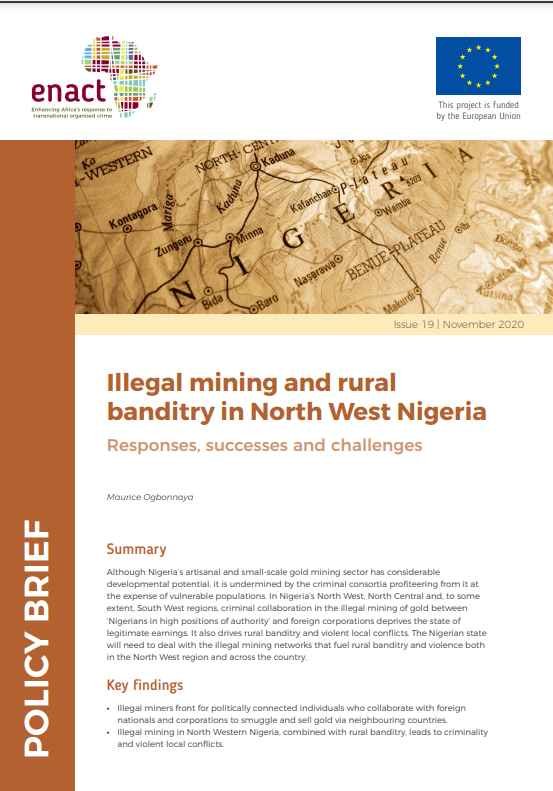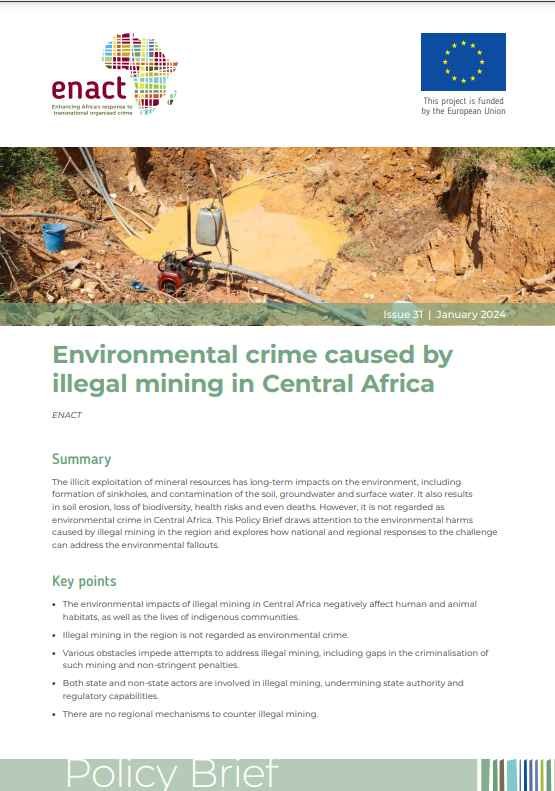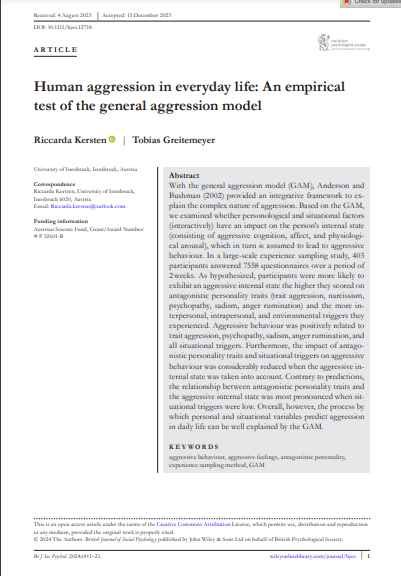By Kathleen Foley SC Chair, et al.
The Board of Inquiry has found that the Department woefully failed to protect children from the risk of child sexual abuse at Beaumaris Primary School and certain other government schools between 1960 and 1994. The failings were serious and systemic and put many children at risk of sexual abuse.
Child sexual abuse is abhorrent. It can have life-long effects for victim-survivors. It can affect people’s mental health and well-being, relationships, and education and employment outcomes in ways that are profound and enduring. For some people, the weight of trauma can be too heavy to bear, and their loss causes deep grief for those left behind. The impacts are not confined to victim-survivors but extend to their loved ones, those who witnessed the child sexual abuse, and the broader community.
Despite the challenges, healing is possible. The Board of Inquiry heard about many experiences of personal healing from victim-survivors and their families — examples of courage and examples of hope. There were also many experiences shared about difficulties in finding the right help when it was desperately needed. It is important to understand the factors that contribute to healing and recovery, so that healing and recovery are within reach of all who need it.
The Board of Inquiry has examined the past to identify and understand historical wrongs. In addition, examining the past enables the broader community to move forward. By understanding where the education system failed, we can also better understand how to prevent further child sexual abuse occurring in government schools.
The report comprises six parts:
The preliminary material contains, in addition to this executive summary, the official documents connected to the delivery of the report, and a message from the Chair.
Part A, The Board of Inquiry, describes the establishment of the Board of Inquiry, explains how it approached its work, and contains important information concerning how it interpreted and applied the Terms of Reference.
Part B, Experience, places children’s safety in context by describing relevant policy settings and social and cultural factors present in communities between 1960 and 1999, particularly during the 1960s and 1970s, before documenting experiences of child sexual abuse and its impacts from the perspective of victim-survivors. This Part also includes 15 narratives from victim-survivors, secondary victims and affected community members in which they recall their experiences, in their own words.
Part C, Accountability, describes the education system between 1960 and 1999. It includes the narratives of four of the relevant employees who were examined in depth by the Board of Inquiry, explores concepts of grooming and disclosure, and outlines various system failings by the Department at that time. It then describes how child safety settings within government schools have since improved.
Part D, Healing, support and the future, describes the factors that promote recovery from child sexual abuse and the support services currently available to victim-survivors of historical child sexual abuse in government schools. It then explores barriers to effective support and how they could be addressed as part of an overall approach to healing. This Part includes the Board of Inquiry’s recommendations for the Victorian Government and the Department to support healing and address barriers to effective support. While these recommendations are drawn from the entirety of the Board of Inquiry’s work, they are particularly directed to the ‘healing’ and ‘support services’ aspects of the Terms of Reference.
Part E, Appendices, contains a range of documents to assist and inform readers.
Melbourne: Government of Victoria, 2024. 466p.





















